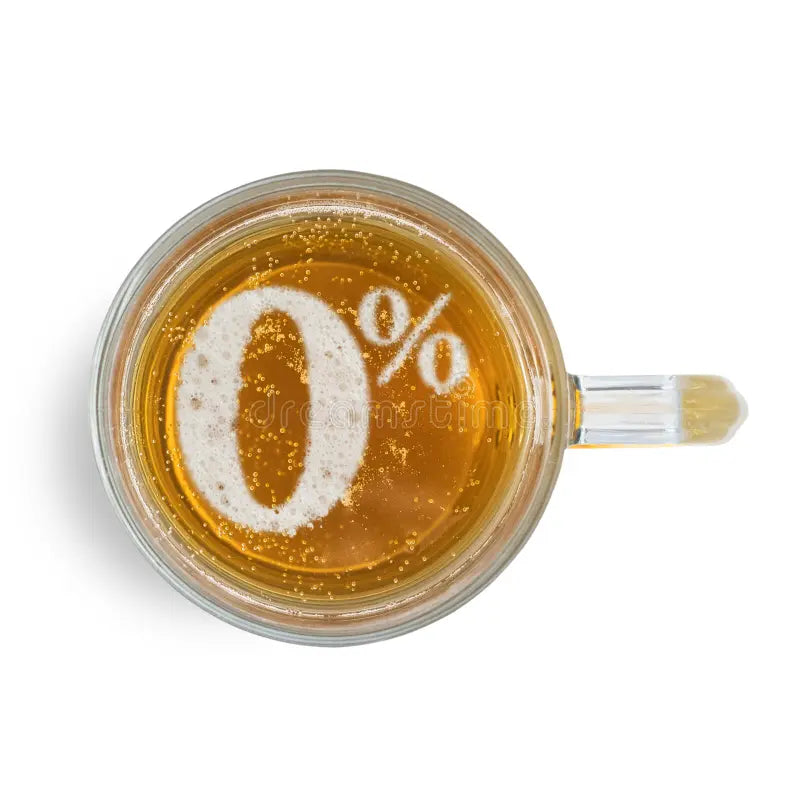
Non-Alcoholic Brews On The Rise
Share
Non-alcoholic brews are experiencing a remarkable surge in popularity, driven by changing consumer preferences and a growing demand for healthier lifestyle options.
As more people seek to reduce their alcohol intake without sacrificing the enjoyment of a good beer, brewers are responding with an expanding array of high-quality, flavorful non-alcoholic options. Innovations in brewing technology and techniques, such as advanced fermentation methods and the use of flavor enhancers, have enabled brewers to craft non-alcoholic beers that closely mimic the taste and mouthfeel of their alcoholic counterparts. This rise in non-alcoholic brews is not limited to traditional beer styles but also includes creative variations like IPAs, stouts, and even craft-style brews, catering to a diverse range of palates. The increasing availability of non-alcoholic options in bars, restaurants, and retail outlets reflects a broader trend towards mindful drinking, offering a satisfying choice for those who want to enjoy the social and sensory aspects of beer while maintaining a healthier lifestyle.
When exploring non-alcoholic beer, you can expect a range of characteristics that vary depending on the brewing process and brand. Here’s a general overview of what to anticipate:
1. Flavor Profile
Non-alcoholic beers aim to mimic the taste of traditional beers, but the flavor can differ slightly due to the absence of alcohol. Many non-alcoholic beers have a malt-forward profile with subtle hops and a clean finish. Some brands have made significant strides in flavor development, offering brews that closely resemble their alcoholic counterparts.
2. Mouthfeel
The mouthfeel of non-alcoholic beer can be less full-bodied compared to regular beer. Alcohol contributes to the body and viscosity of beer, so its absence might make the beer feel lighter or thinner. However, many brewers use techniques like adding malt or other ingredients to enhance the mouthfeel.
3. Carbonation
Carbonation levels in non-alcoholic beers are generally similar to traditional beers. Proper carbonation is crucial for creating a satisfying drinking experience, providing the familiar effervescence and head retention.
4. Alcohol Content
Non-alcoholic beers contain less than 0.5% alcohol by volume (ABV), compared to the standard 4-6% ABV of regular beers. This minimal alcohol content means that non-alcoholic beers are suitable for those avoiding alcohol for health, personal, or religious reasons.
5. Aroma
Aroma in non-alcoholic beers often mirrors that of traditional beers, with notes of malt, hops, and sometimes fruit or spices. However, some non-alcoholic beers may have a slightly different aroma due to variations in brewing methods or ingredient formulations.
6. Sweetness
Some non-alcoholic beers may taste sweeter than their alcoholic counterparts. This is often due to residual sugars or the addition of flavorings to compensate for the absence of alcohol, which can impact the beer’s balance.
7. Variety
The market for non-alcoholic beers has expanded significantly, offering a range of styles from lagers and ales to IPAs and stouts. This variety allows you to find a non-alcoholic beer that suits your taste preferences, whether you prefer a crisp lager or a rich stout.
Overall, while non-alcoholic beers may have some differences from traditional beers, advancements in brewing technology and ingredient selection are continually improving their taste and quality. Whether you’re reducing alcohol intake or exploring new options, there are many flavorful non-alcoholic beers available to enjoy.
